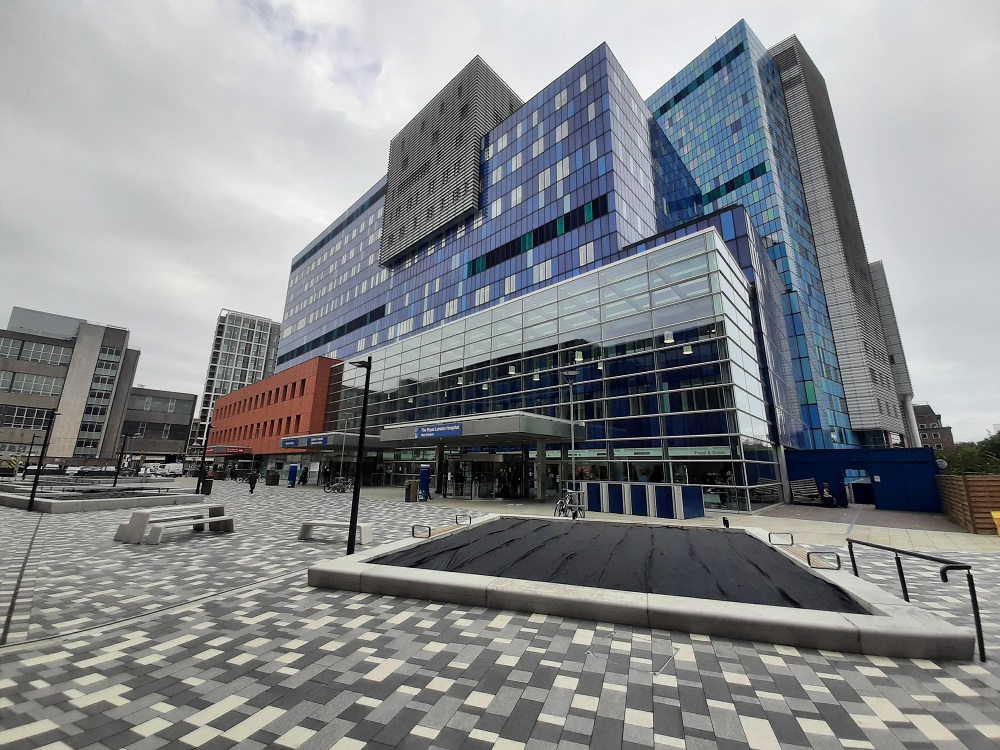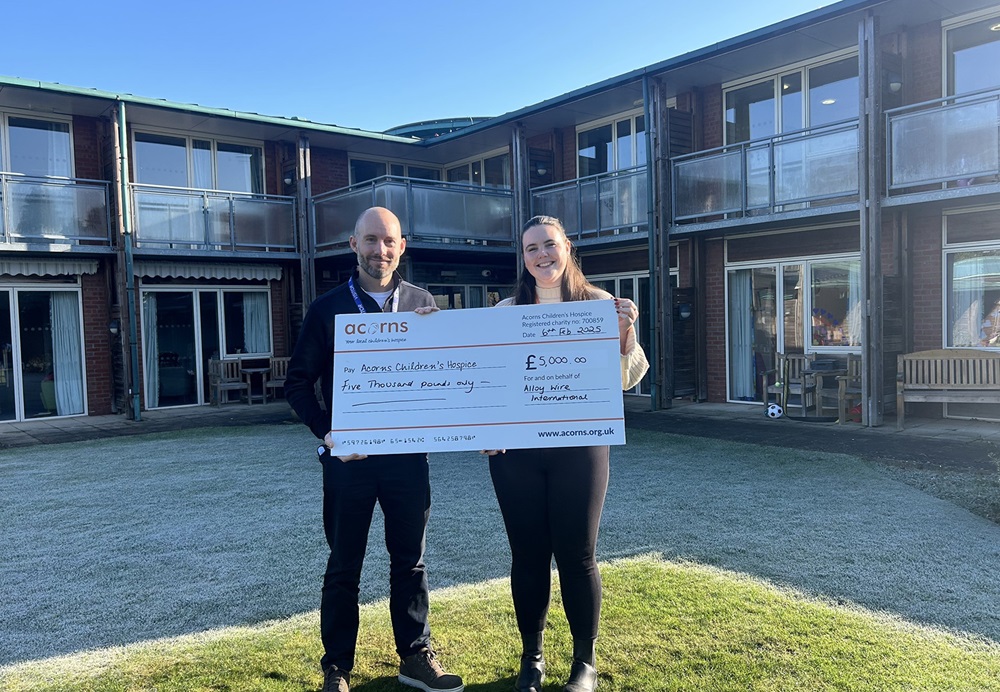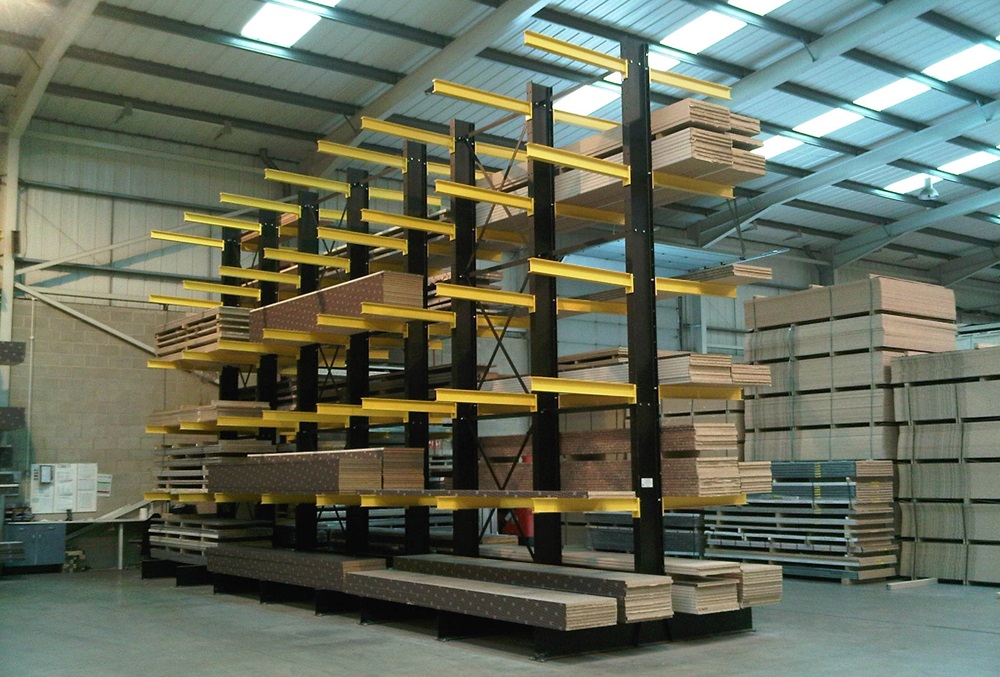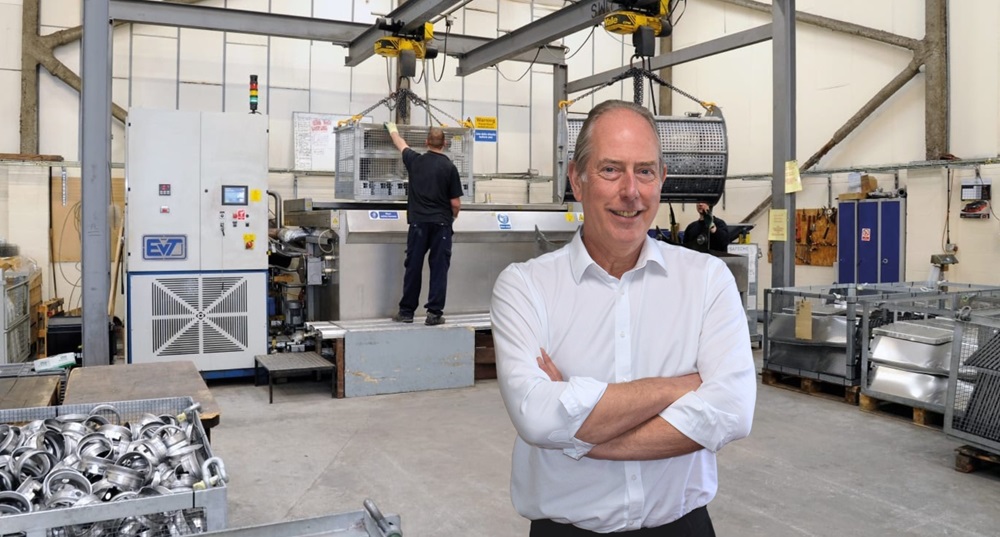A new XYZ RMX 3500 milling machine fitted with the ProtoTRAK RX Touchscreen control,
has reduced machining time from weeks to hours for bespoke products at the workshop of
a major London NHS Trust. The Mechanical Engineering Workshop for Barts Health NHS
Trust is now leveraging the benefits of its new machine to take on more complex projects
and tap into additional commercial opportunities.
The Mechanical Engineering Workshop is part of the Clinical Physics Department at Barts
Health NHS Trust. The Trust spans five London hospitals that provide 2.5 million people with
healthcare and clinical services. Housing the Mechanical Engineering Workshop is the Royal
London Hospital in Whitechapel, one of the capital’s leading trauma, emergency care and
hyper-acute stroke centres. The hospital is also home to London’s Air Ambulance service.
Functions of the workshop include: the supply of general engineering and repair services to
the hospital; the reconditioning of surgical instruments such as scissors, osteotomes and
chisels; and the support of R&D/service development activities for not only the Clinical
Physics Department but the whole Trust. However, the workshop’s core commercial activity
is the manufacture of tissue-mimicking materials, known as ‘phantoms’.
Phantom materials are synthetic objects made from special resins and hardeners that mimic
the properties of biological tissues found in the human body. Different ingredient
percentages achieve the density necessary for materials that replicate tissues such as lung,
kidney, liver, leg bone and rib bone.
The phantoms are used in radiation quality assurance checks within imaging departments
and on LINAC (linear accelerator) machines that deliver radiation during cancer treatment.
The phantoms mimic the absorption characteristics of tissues over a wide range of energies
and hence, precision engineering of these phantoms is essential. The Mechanical
Engineering Workshop sells its phantoms to commercial partners all around the world.
Machining the phantoms to final size and shape previously took place on an ageing manual
turret mill.
“We were turning away requests for more complex/tailored phantoms with freeform
contours because we didn’t have the machining capability,” explains mechanical
engineering technician Nathan Niemann. “It was time to put forward a business case for a
CNC milling machine based on the additional services and revenue it would generate.”
Around the same time, the Mechanical Engineering Workshop was in the process of
recruiting its first-ever apprentice. Upon visiting its education partner, Uxbridge College, the
team discovered that the college’s machines were supplied by XYZ Machine Tools.
“We thought it would be ideal to have the same machine brand as those used at the college
by our new apprentice,” explains Niemann. “Also, when we started looking in detail at the
ProtoTRAK offline software, which allows users to write, edit and inspect programs using a
standard PC, we knew it would be perfect for us. The fact we can also draw parts at the
machine itself was another major selling point.”
The XYZ RMX 3500 bed mill with ProtoTRAK RX Touchscreen control arrived in April 2024.
However, getting it through the standard double doorway entry was set to prove
challenging.
“Fortunately, the XYZ delivery and installation team came to our rescue,” he reveals. “They
dropped the machine head down and split the frame in two. They also had a special A-frame
jack to crane the two halves through the door before re-assembling the machine inside. It
was great teamwork.”
The RMX 3500 brings three-axis CNC milling within reach of all engineering workshops. With
the latest-generation ProtoTRAK RX Touchscreen control using conversational programming,
even an operator with no previous CNC experience will be producing parts within hours.
“We have around 80 years of combined experience among our four senior engineers, but
none of us had tried CNC machining before,” says Niemann. “We were a little nervous at
first, but it was surprisingly easy to work with the ProtoTRAK software. Three of us had one-
day training at XYZ’s facility in Slough and we soon had complete confidence in our
abilities.”
The workshop takes particularly advantage of the TRAKing feature, which allows operators
to wind the handwheel so that the machine moves through the program. The faster the
operator winds, the faster it machines. Stop or reverse the handwheel and the machine
does the same.
“Verifying everything in the program beforehand using the 3D solid model graphics provides
complete confidence,” he states. “And combining that with the TRAKing is a real life-saver,
which is quite pertinent really, given the purpose of the phantoms.”
The machine is quick too. Depending on the type of phantom, the workshop is now
witnessing 30% faster cycle times on average. However, some jobs have seen extremely
dramatic gains.
“A head and neck phantom would previously require three weeks of machining time,” says
Niemann. “With our RMX 3500 we can complete the same job in just six hours. The CNC
makes it so easy. We work to typical tolerances of ±0.05 mm.”
The workshop is now taking orders for more complex phantoms and tapping into major
opportunities that it never had previously. Such is the success of the RMX 3500 bed mill that
the team is now in the process of acquiring an XYZ Proturn RLX 1630 lathe, again with
ProtoTRAK RX Touchscreen control.
More information www.xyzmachinetools.com



















